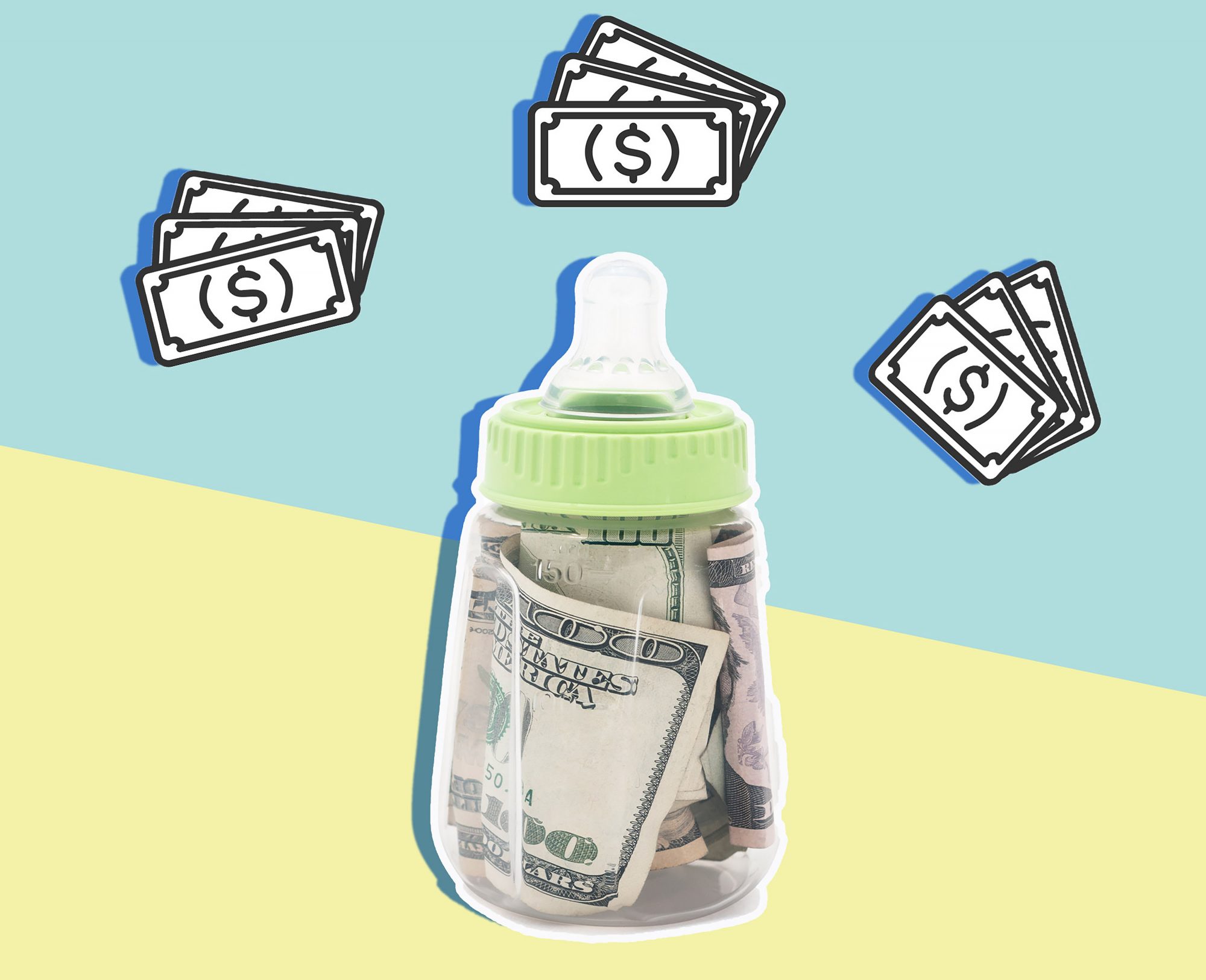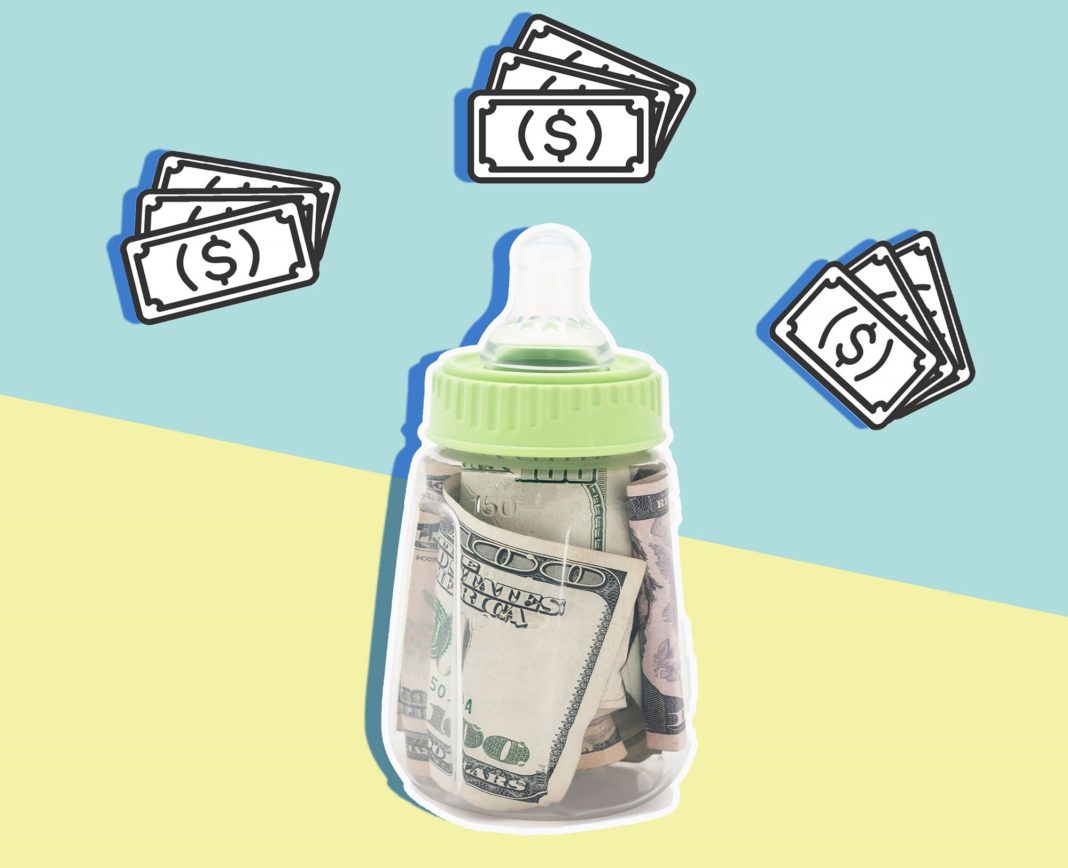The cost of child care has long been a struggle for many families around the country, and the struggle has only become worse during the pandemic.
Just how much worse? Center-based child care costs have spiked 41 percent, according to a report from LendingTree, which analyzed data from a September 2020 report from the Center for American Progress and Child Care Aware of America. That's $14,117 compared to $9,977 before the pandemic.
Families in certain states are feeling the impact even more. Georgia, Florida, and Louisiana have seen the largest child care costs increases for kids 3 and 4 years old, the report finds. For example, in Louisiana, child care costs jumped from $6,546 to $13,810 per kid. In the meantime, parents in Indiana and Vermont with kids younger than 5 were found to be putting the highest percentage of their income toward child care—20 and 19 percent respectively.

"The fact that these costs have skyrocketed in many places during the pandemic is just another punch in the gut for parents whose financial worlds have already been flipped upside down," says Matt Schulz, LendingTree's chief credit analyst. "Perhaps the most troubling part of this report is that the biggest cost increases are coming in states where people can likely least afford them. These states have some of the lowest average incomes in America, meaning that people likely have financial margins for error that are razor-thin."
A big reason for these sharp increases is a need for daycare centers to abide by COVID-19 guidelines and safety practices. Although necessary, they can be costly. "Many daycares have closed; those that remain open must reduce capacity; and tuitions are up to cover COVID-related costs," says Carrie Cronkey, chief marketing officer for Care.com, an online destination for child care. Experts point to state-mandated cleaning and sanitation measures, more child care providers for a smaller number of kids, and daily procedures like temperature checks.
As a result, some parents are opting for other solutions like in-home child care. "The costs of hiring in-home private care are now much closer to the costs of center-based care than ever before and many families are choosing to go that route to reduce their family's exposure to COVID-19 and keep their family members and other members of their bubbles safe," says Shenandoah Davis, CEO and co-founder of Adventure Nannies, a nationwide recruitment agency providing nannies, private educators, and newborn care specialists.
Others have had to get creative leading to a rise in learning pods and shared care arrangements. "These options enable families to share the cost of a caregiver or teacher, while still maintaining COVID safety measures," says Cronkey. "Caregivers benefit in these arrangements as well, as they typically receive a higher wage."
There are a few more benefits to these pods to boot. "This option can be a great way for families to receive more individualized care for their children while still keeping them socially engaged with other kids, sometimes with the addition of tutoring support for remote learning at a rate that is more affordable than hiring a nanny or private educator solely for their family," says Davis. But before joining one, Davis suggests families thoroughly vet all members and create a written agreement to make sure everyone is on the same page when it comes to precautions to reduce potential COVID-19 exposure and payment responsibilities.
For families who don't have such options, parents can check on financial assistance programs, which have been enacted in many states during the pandemic. LendingTree also encourages parents to ask their daycare if there is any way to lower cost and not being shy about explaining personal situations like job loss.

































